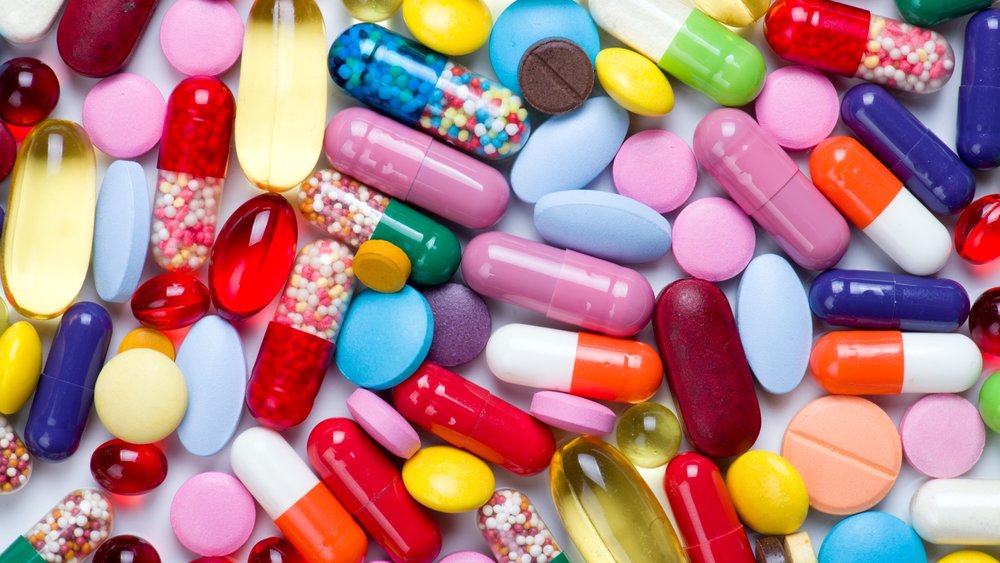Health official warns about increasing antibiotic-resistance in Iran

TEHRAN — The rate of antibiotic resistance has increased in Iran, a Health Ministry official warned on Sunday, saying it takes only 1 to 2 years for an antibiotic to become resistant to microbial infections in the country.
“Antibiotics misuse and overuse have led to microbial resistance to antibiotics; while an antibiotic takes 10 to 15 years to become resistant to microbial infections in other countries it only takes 1 to 2 years in Iran”, Fars news agency quoted Mohammad Mahdi Aslani as saying.
Today, a total 90% of the bacteria, which had been sensitive, are now resistant to penicillin, Aslani regretted.
For example infections caused by staphylococcus [a genus of Gram-positive bacteria that causes disease such as boils, impetigo, food poisoning, cellulitis, and toxic shock syndrome] and pneumococcus [a genus of Gram-positive bacteria which causes diseases with symptoms such as fever and chills, cough, difficulty breathing, and chest pain] are now resistant to penicillin, he explained.
He further mentioned that the other infection caused by bacteria resistance is urinary tract infections [an infection in any part of urinary system such as kidneys, ureters, bladder and urethra] which is one of the most common infections.
Iran plans to host the 19th International and Iranian Congress of Microbiology on September 4-6.
Aslani, the scientific secretary of the congress, said topics that will be discussed at the event include clinical infection and vaccine, antimicrobial agents and resistance, microbial infection and cancer, pharmaceutical microbiology, emerging and reemerging infectious diseases, etc.
Aslani said that the latest scientific achievements in various fields of microbiology, as well as antibiotic resistance of bacteria will be discussed at the congress.
Specialists from the UK, Japan, Germany, France, Finland, and other countries will participate at the forum.
-------------------Antibiotic resistance
Antibiotic resistance happens when bacteria change in a way that reduces or eliminates the effectiveness of drugs, chemicals, or other agents designed to cure or prevent infections. The bacteria survive and continue to multiply bringing about additional harm. Bacteria can do this through several mechanisms including development of the ability to neutralize the antibiotic, rapidly pump the antibiotic out of the cell, and change the antibiotic attack site so it can no longer affect the function of the bacteria.
According to World Health Organization (WHO), antibiotic resistance is rising to dangerously high levels in all parts of the world. New resistance mechanisms are emerging and spreading globally, threatening our ability to treat common infectious diseases. A growing list of infections – such as pneumonia, tuberculosis, blood poisoning, gonorrhea, and foodborne diseases – are becoming harder, and sometimes impossible, to treat as antibiotics become less effective.
Where antibiotics can be bought for human or animal use without a prescription, the emergence and spread of resistance is made worse. Similarly, in countries without standard treatment guidelines, antibiotics are often over-prescribed by health workers and veterinarians and over-used by the public.
Without urgent action, we are heading for a post-antibiotic era, in which common infections and minor injuries can once again kill.
FB/MQ
